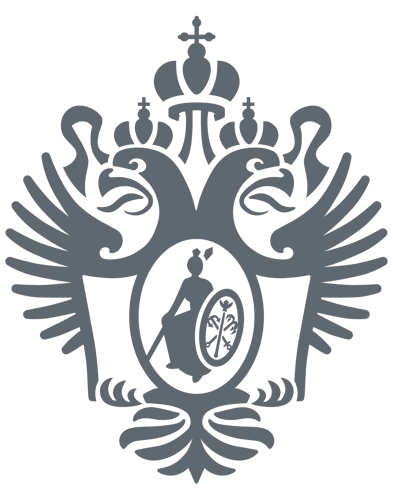However, there are difficulties associated with limited number of possible modifiers due to incompatibility and anchor therein functional groups required for the synthesis and the synthesis of some complexity modifiers.
This method overcomes the limitations of chemical assembly, the essence of which lies in the multi-step synthesis of chemical compounds grafted onto a solid surface, which acts as a template.
The main advantage of chemical assembly compared to the method of immobilization is set wider input to the matrix surface functional groups. Also eliminates the limitations of compatibility in the modifier molecule functional groups to provide fastening surface groups responsible for the properties of chemically modified matrix.
As the matrix can be used various polymeric and inorganic carriers.
Among the inorganic carriers are the most widely used chemically modified silicas are used as non-swollen ion-exchangers, catalysts, chromatographic materials, carriers of immobilized sorbent electrochemical sensors matrices for the synthesis of peptides, oligosaccharides, etc. They compare favorably polymeric carrier its physicomechanical properties, dimensional stability, chemical resistance to most solvents, which can be used in combination a wide variety of synthetic approaches including chemical assembly method based on multi-step synthesis involving organic groups grafted to the silica surface.
In the RC ITKN for conducting matrix synthesis of graft surface compounds used an automatic peptide synthesizer Endeavor 90-1. Synthesis may be carried out in organic solvents and in aqueous medium, at reduced or elevated temperatures, in an inert atmosphere, with stirring.



